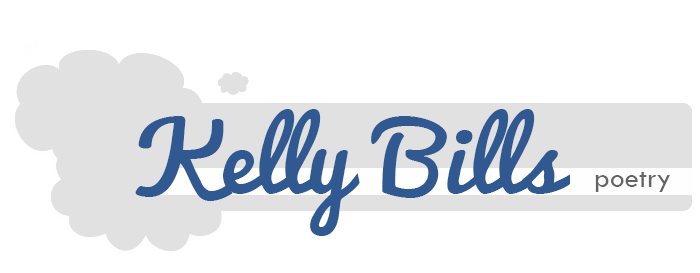What Is Concrete Poetry?
Good question—here is one attempt at an answer.....
- Concrete or Visual Poetry is a form in which the typographical arrangement of the text within a poem reflects on the meaning of the piece. The visual presentation of a concrete poem works in conjunction with the words, imagery, rhythm and any other constructs crafted into the verse. These poems need to be seen and not just heard in order to grasp their full intent.
- Sometimes this kind of poetry is also called Shape Poetry but the text does not always have to take on the shape of the subject of the poem. It could be that just a single letter or word is "shaped" in a poem.
- Some classic examples of Concrete Poetry to explore: George Herbert's "Easter Wings", Lewis Carroll's "A Mouse's Tale" in Alice's Adventure In Wonderland, Eugen Gromringer's "Silence", and Mary Ellen Solt's "Forsythia." I am especially fascinated with the black and white typewriter poems of the 50"s and 60's avant-garde poetry movement. These poems are graphically minimalistic and visually powerful.
- Some wonderful resources for concrete poetry include The Sackner Archive of Concrete and Visual Poetry at www.rediscov.com/sacknerarchives and UbuWeb at www.ubu.com.
In addition, Visual Poetry is a broad term that can take many forms including poems made from words/letters on the page, graphic designs, animation, photography and physical objects. The sky's the limit!
